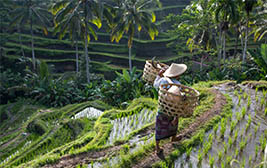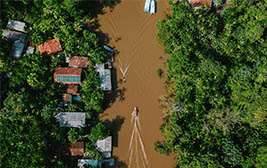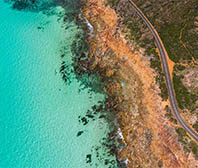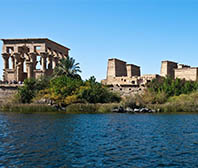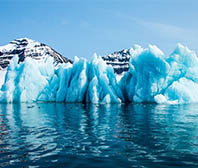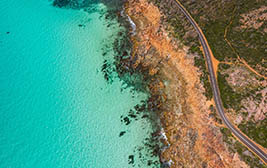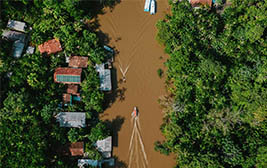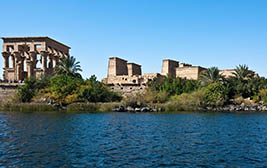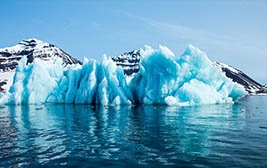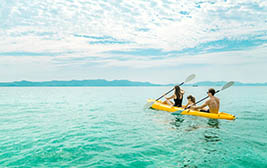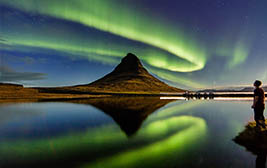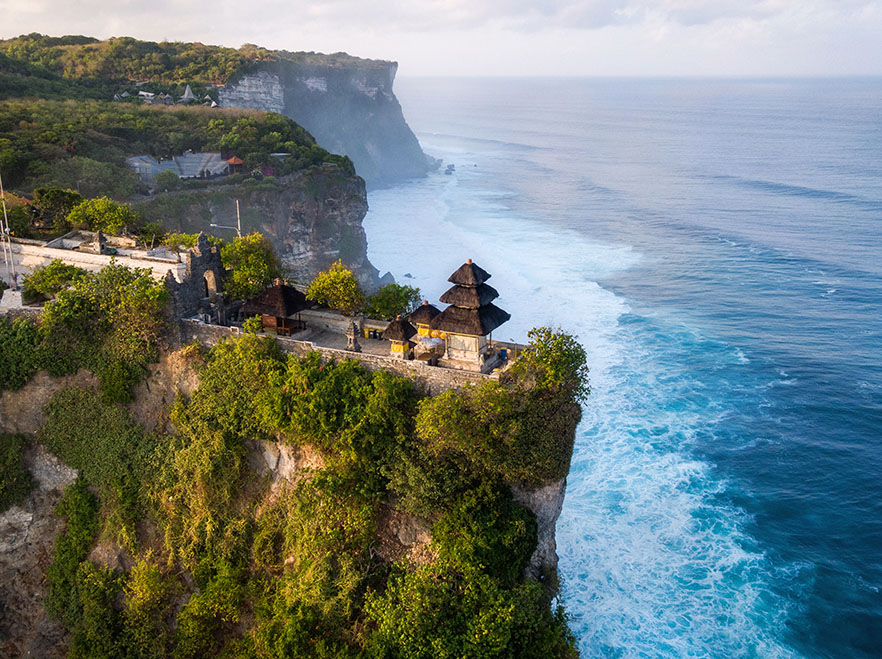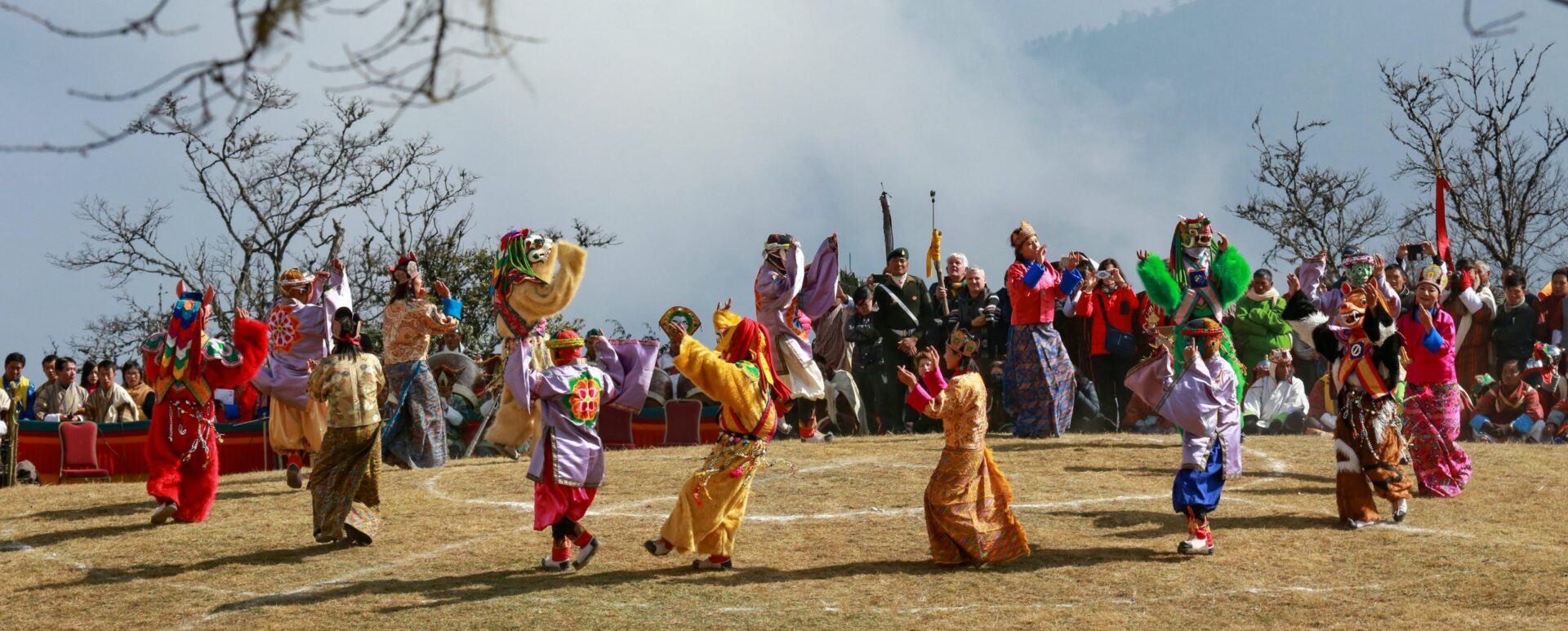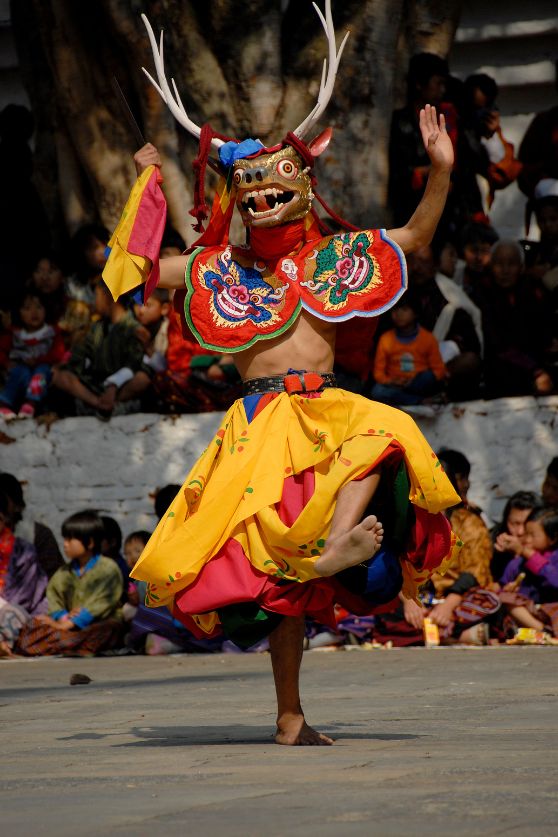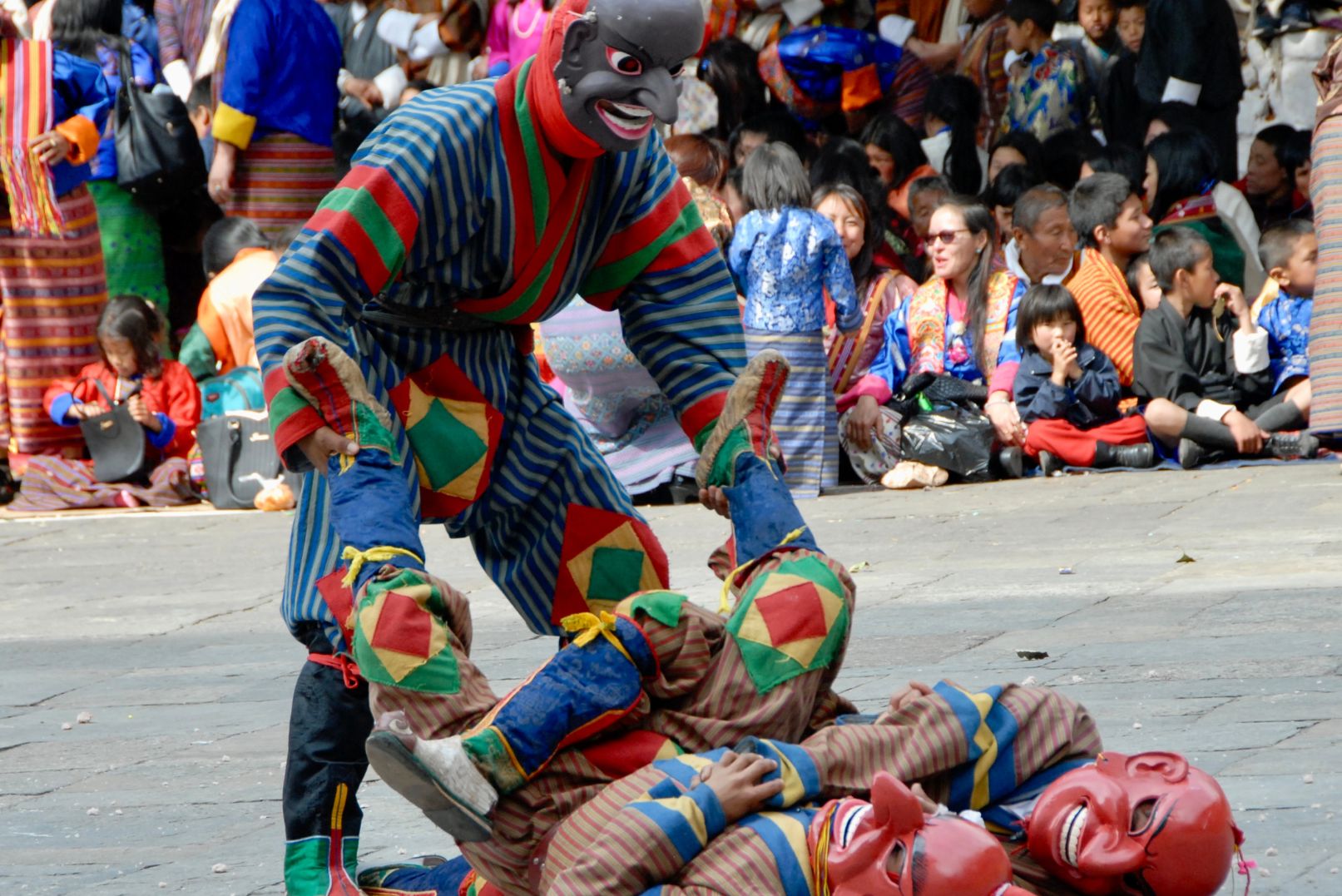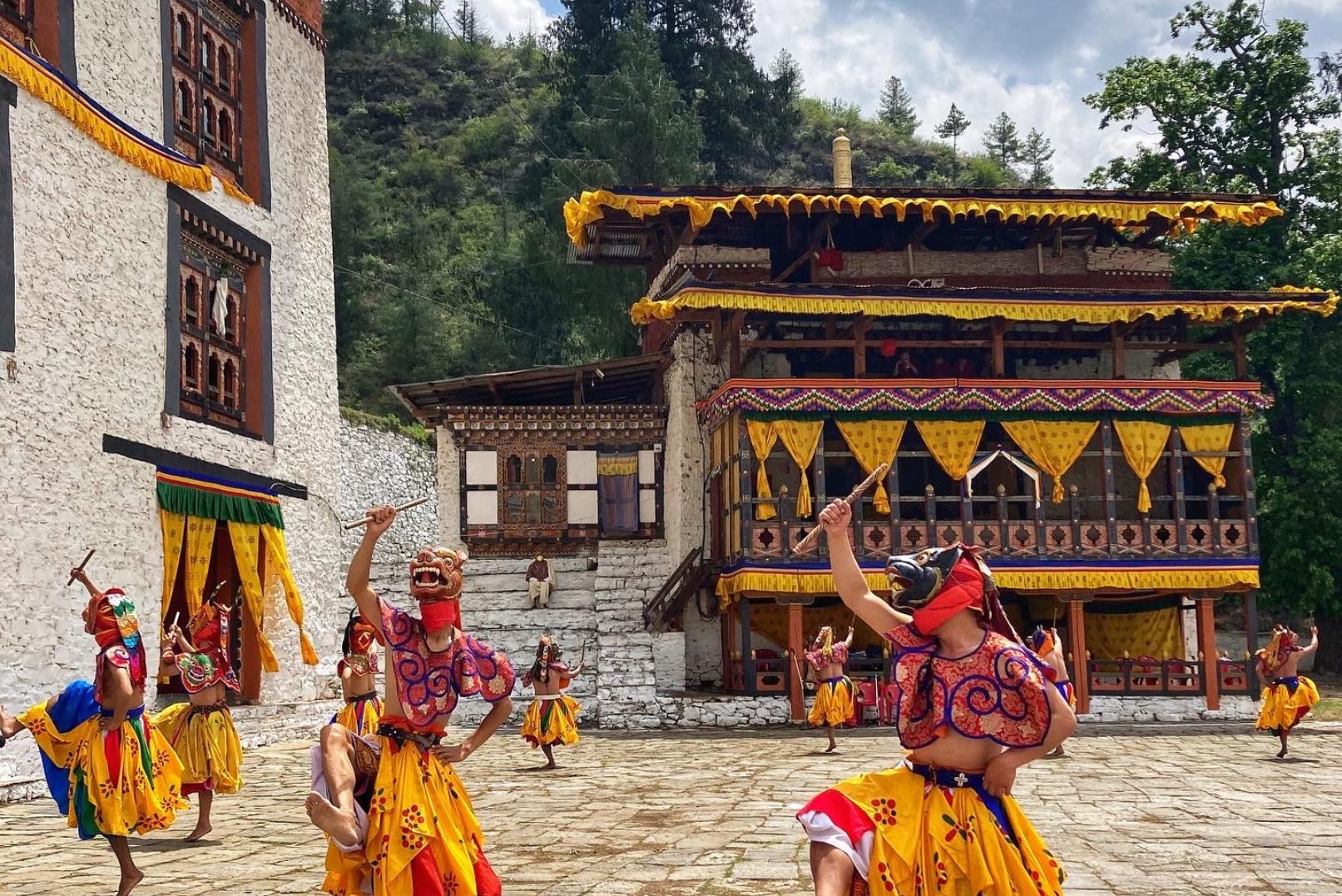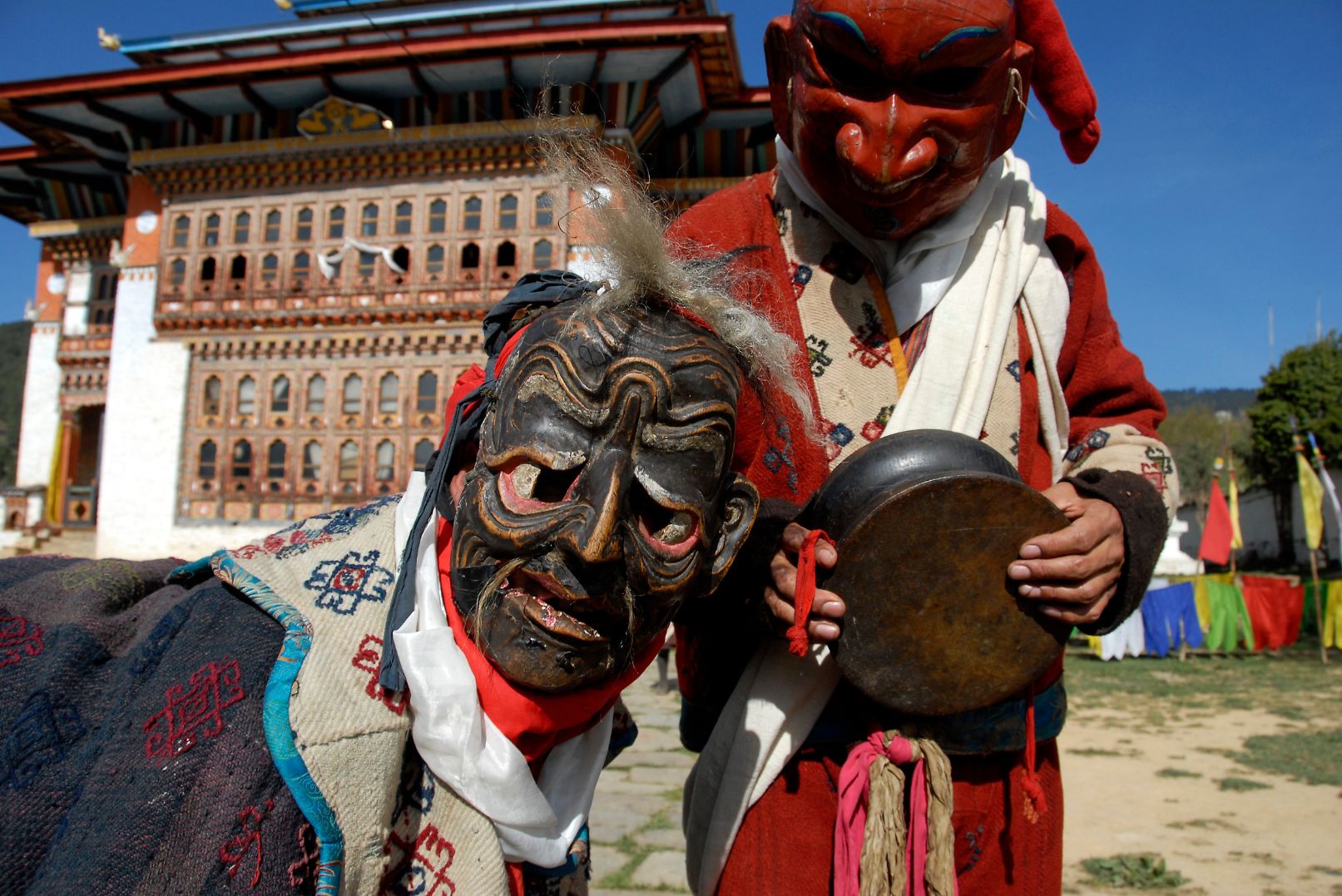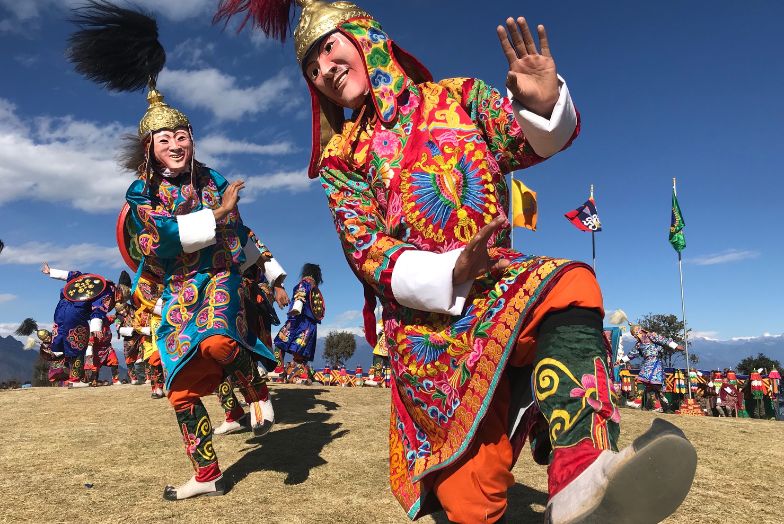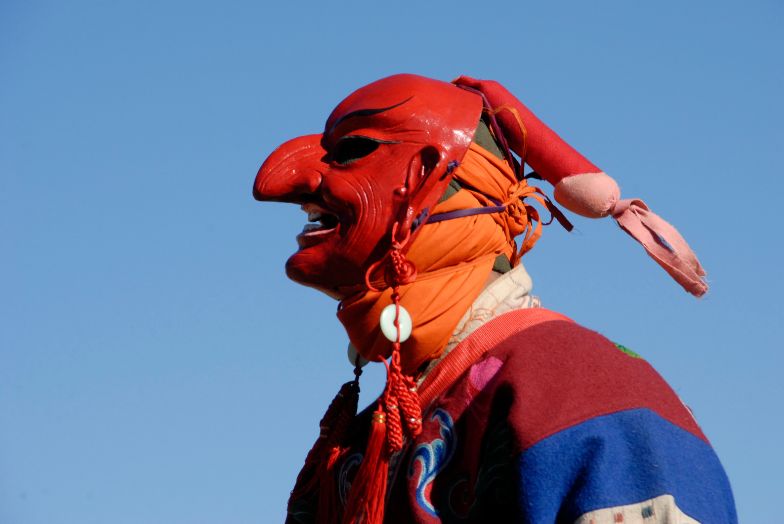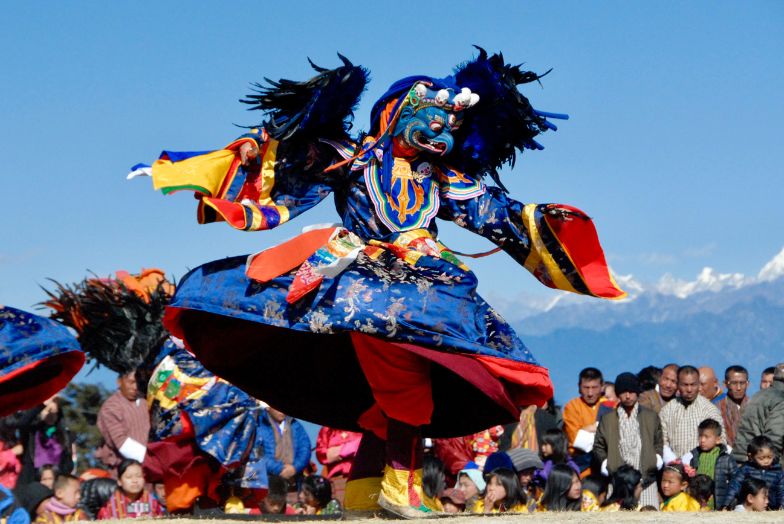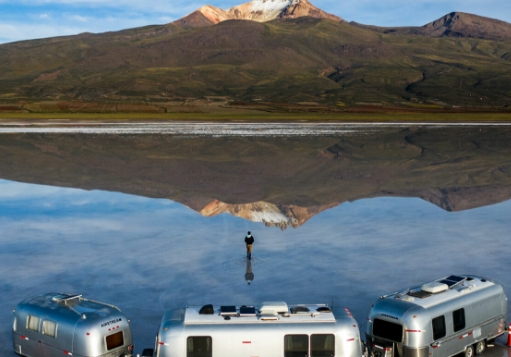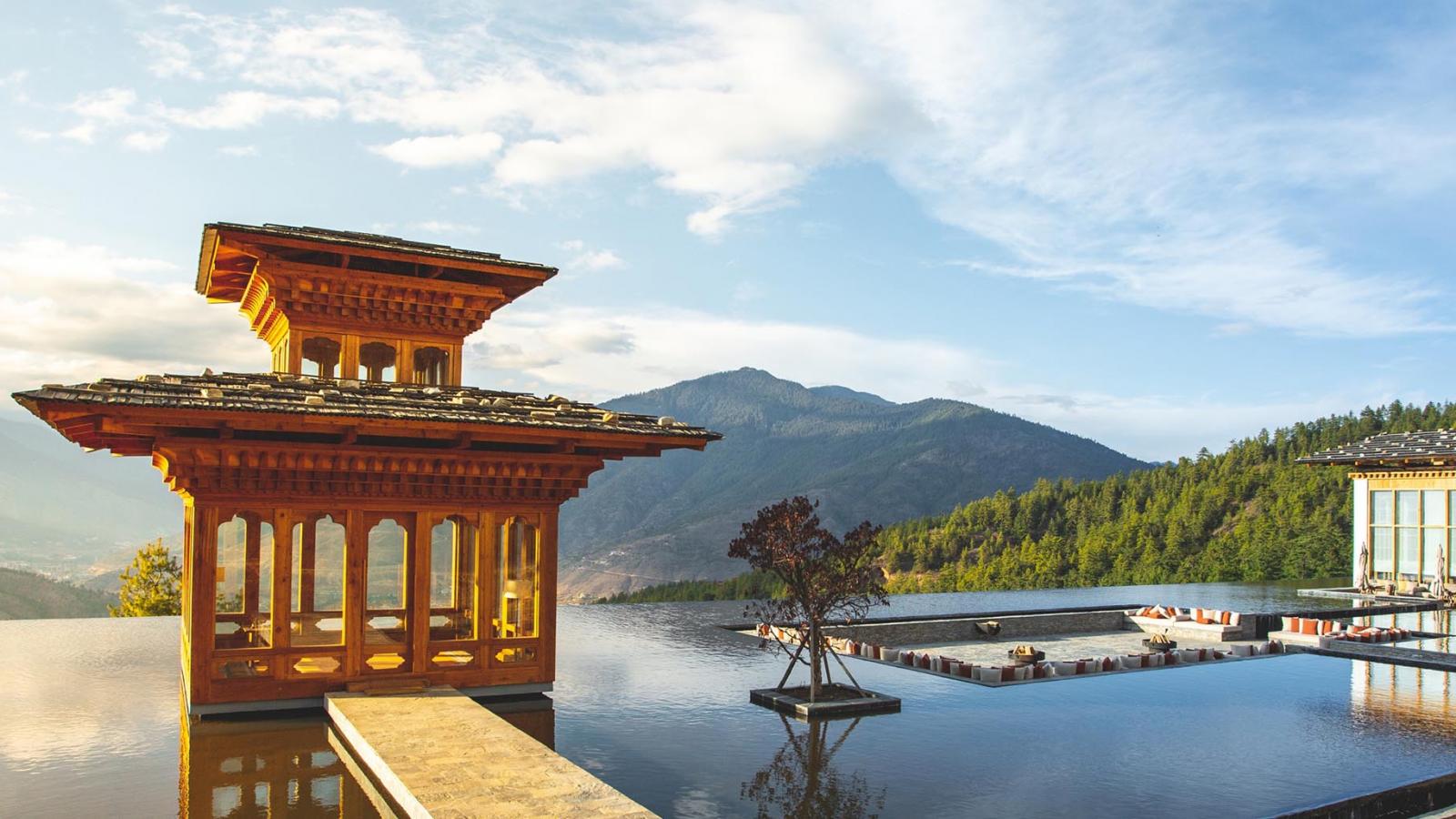Witnessing one of this captivating kingdom’s 200 or so annual tshechus is a truly memorable and extraordinary experience, says Laura Birtles. Scroll down to read about five of our favourite festivals in Bhutan
The Buddhist mountain kingdom of Bhutan’s annual festivals (or ‘tshechus’) are impressive, spiritual, timeless and exhilarating events where whole communities gather together to witness the pageantry and receive blessings. They are a wonderful way of experiencing the fascinating culture of Bhutan.
As Venetia Stanley, Head of our Asia, the Middle East + Australasia team, describes, “Monks perform to the crash of cymbals, sonorous drumbeats and lilting horns. The masked dances offer a combination of moral messages, ward off evil and celebrate the Buddhist faith in a wonderful medieval style. While all tshechus adhere to the main religious ceremonies, they often add some local flavour – be it re-enacting a local legend or recognising a regional deity. Many of the shows have an apocryphal tale or moral message attached.”
Below, we have selected five fantastic festivals in Bhutan we recommend attending on your next trip to this enchanting corner of the world:

